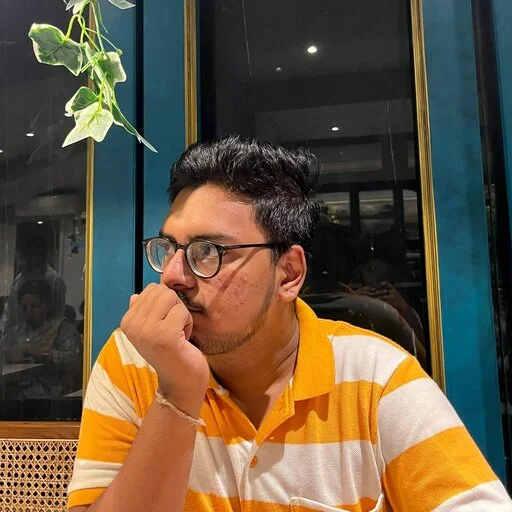Delhi, India’s bustling capital, is a blend of ancient history and vibrant modernity. Home to magnificent Mughal architecture, bustling bazaars, and a rich cultural tapestry, Delhi offers a unique journey into India’s past and present. Here’s a Ultimate travel guide to delhi to help you navigate and make the most of your trip to Delhi.
Table of Contents
- Travel Essentials for Delhi
- Packing Checklist
- What to Do vs. What Not to Do
- Cultural Etiquette and Local Phrases
- Budgeting and Money-Saving Tips
- Health and Safety Tips
- Sustainable and Eco-Friendly Travel Tips
- Map and Key Locations
- Final Wrap-Up and Emergency Contacts
1. Travel Essentials for Delhi
Best Time to Visit: October to March is the ideal time to visit Delhi, with cooler temperatures (10°C to 25°C) that make it comfortable for outdoor activities. Summers (April to June) can be extremely hot, with temperatures reaching over 40°C, and the monsoon season (July to September) brings humid weather and occasional rain.
Popular Areas to Stay:
- Connaught Place: Known for its colonial architecture, central location, and vibrant shopping and dining scene, Connaught Place (CP) is popular among travelers.
- South Delhi (Hauz Khas, Greater Kailash): These upscale neighborhoods offer trendy cafes, boutique shops, and a lively nightlife scene, making them ideal for younger travelers and families alike.
- Paharganj: Known for budget accommodations and close proximity to New Delhi Railway Station, Paharganj is popular among backpackers and budget travelers.
Local Transportation:
- Delhi Metro: The Delhi Metro is efficient, affordable, and connects most parts of the city. It’s also air-conditioned, making it a comfortable way to travel.
- Auto-Rickshaws and Taxis: Widely available across Delhi. Ensure the driver uses the meter or agree on a fare in advance. For longer trips, Uber and Ola are also popular options.
- Buses: Delhi Transport Corporation (DTC) buses cover extensive routes and are very affordable, though they can be crowded.
2. Packing Checklist
| Essentials | Climate-Specific Items | Additional Gear |
|---|---|---|
| Passport, ID | Light layers (winter) / Breathable fabrics (summer) | Portable charger |
| Reusable water bottle | Umbrella (monsoon season) | Power bank |
| Medications | Sunscreen, sunglasses | Travel adapter |
3. What to Do vs. What Not to Do
| What to Do | What Not to Do |
|---|---|
| Respect local customs, especially in religious sites | Avoid taking photos in sensitive locations without permission |
| Try the local street food (with caution for hygiene) | Don’t litter; Delhi has strict rules on waste disposal |
4. Cultural Etiquette and Local Phrases
Common Phrases: Knowing a few Hindi phrases can be helpful. Use “Namaste” for hello, “Dhanyavaad” or “Shukriya” for thank you, and “Bhaiya” as a respectful term for male vendors or drivers. When visiting temples or mosques, be mindful to dress modestly and remove shoes before entering.
5. Budgeting and Money-Saving Tips
Average Daily Budget: ₹1,500–₹4,000 ($20–$50) for budget to mid-range options, including meals, metro travel, and affordable shopping. For luxury travelers, budgeting ₹7,000+ ($90+) per day will cover high-end dining, private transport, and premium accommodations.
Money-Saving Tips: Delhi has numerous street markets where you can find everything from clothing to souvenirs at affordable prices. Dilli Haat, Janpath, and Sarojini Nagar are popular spots. For food, enjoy affordable yet delicious local fare at Paranthe Wali Gali or Chaat corners in Chandni Chowk.
6. Health and Safety Tips
Health Precautions: Carry bottled water to stay hydrated and avoid ice in drinks to reduce the risk of waterborne illnesses. Air pollution can be a concern, especially in winter, so a mask may be helpful for those with sensitivities.
Emergency Contacts:
- Police: 100
- Ambulance: 102
- Women’s Helpline: 1091
7. Sustainable and Eco-Friendly Travel Tips
Consider staying at eco-conscious hotels and avoid single-use plastics. Public transportation, especially the Metro, is an eco-friendly way to explore the city. Support local artisans by shopping at markets like Dilli Haat, where proceeds often go directly to the artisans.
8. Map and Key Locations
Some of Delhi’s iconic attractions:
- Red Fort: A stunning UNESCO World Heritage site that was the residence of Mughal emperors for over 200 years.
- India Gate: A prominent war memorial dedicated to Indian soldiers, perfect for an evening walk.
- Qutub Minar: Another UNESCO site, this towering minaret is surrounded by other ancient monuments and gardens.
- Lotus Temple: A Bahá’í House of Worship famous for its flower-like architecture.
9. Final Wrap-Up and Emergency Contacts
Delhi is a vibrant city with countless cultural experiences to offer. Stay aware of local customs, keep emergency contacts on hand, and embrace the city’s unique pace and diversity.
Emergency Contacts: Keep these numbers handy for emergencies:
- Police: 100
- Ambulance: 102
- Women’s Helpline: 1091
Ultimate travel guide delhi
Also Read: Ultimate Travel Guide for Mumbai: Tips, Etiquette, Packing, and More
Follow @Voraciousblogger for more

